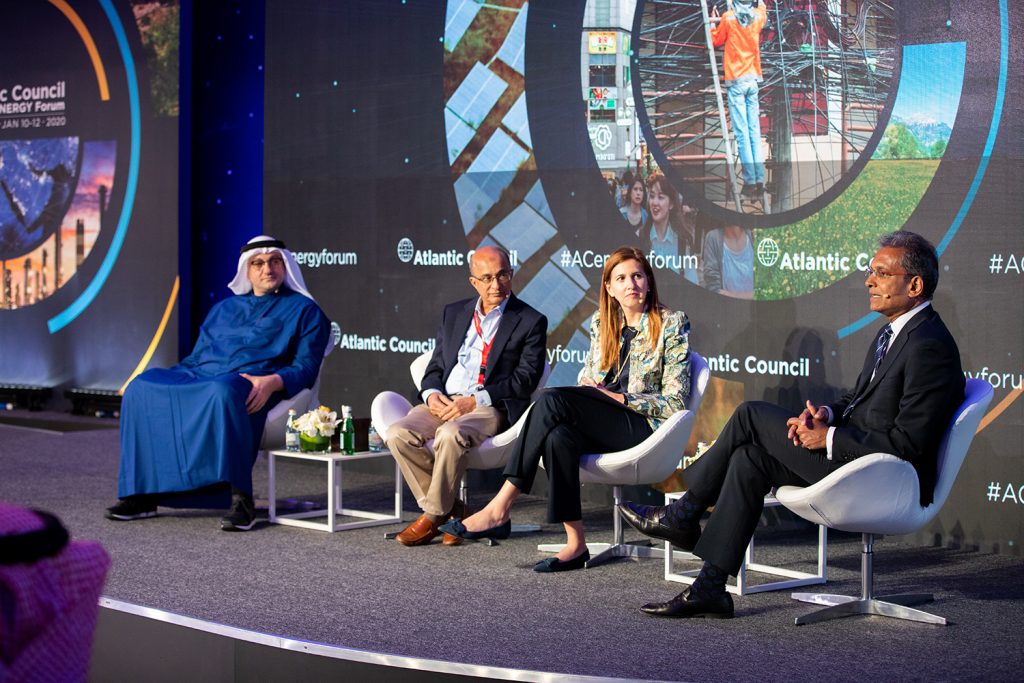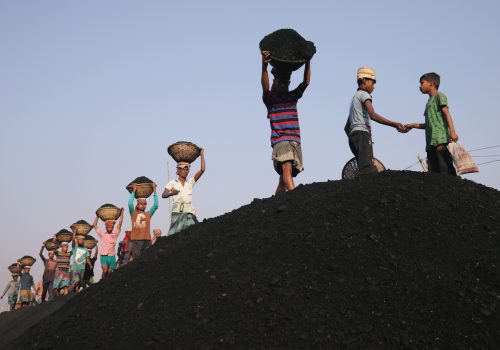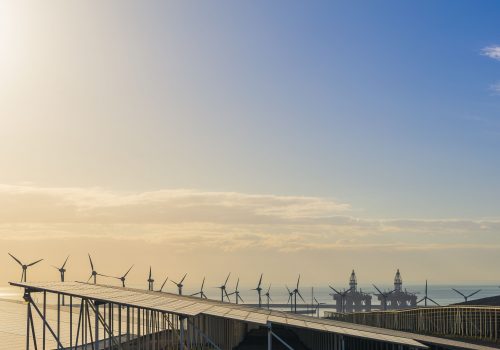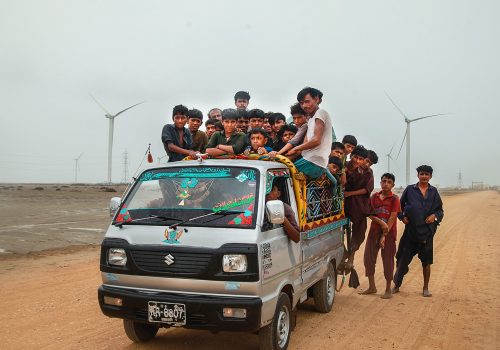Despite rising renewable energy generation, South and South East Asia will continue to look at major investments in new gas import infrastructure to displace more carbon-intensive fuels, as the region races to meet its development ambitions.
While gas represents around half of the global energy mix, in Asia, it is coal that reigns supreme, presenting a major obstacle to global efforts to tackle climate change. Countries and companies across the region, however, have begun to look at a diverse range of strategies to increase power generation capacity. They have been aided by lower gas prices and major reductions in the cost of exploiting renewable energy resources.
The penetration of renewables, in China, India, and now Southeast Asia, has come on the back of a drastic decrease in the costs of production, down 50 percent in the case of onshore wind power, and as much as 80 percent for solar generation.
“As the cost comes down further, the pace of gas being displaced will accelerate”, said Mohamed Al Ramahi, CEO of Abu Dhabi’s Masdar, which is already active in the region, with 2 Gigawatts of operating renewable projects in India.
Al Ramahi spoke at a panel moderated by Ambassador Paula Dobriansky, senior fellow at the Belfer Center for Science and International Affairs, during the Atlantic Council’s Global Energy Forum in Abu Dhabi on January 11.
Established in 2006, Masdar is a renewable energy focused subsidiary of Abu Dhabi investment vehicle Mubadala. Further solar projects in Bagladesh, Vietnam, and Thailand are under development and the company is now in the final stages of an agreement with the Indonesian government to build a new photovoltaic farm in Java and there is plenty of room for growth in the region.
A clear strategy and backing from the government are critical to moving the schemes forward as Masdar discovered in India. “The drive came from New Dehli. They gave transparency and guarantees and attracted foreign direct investment like never before,” Al Ramahi explained.
This “bankability,” along with connectivity to demand and the availability of land are all crucial the prospect of any project’s success.
With a population of around 160 million, and aspirations to be a middle-income nation by 2030, Bangladesh is a good example of the challenges faced by a rapidly developing, but resource-poor country.
The Dhaka government is establishing 100 industrial zones across the country, with industries clustered to make the most of any synergies between them. “We will use imported gas for power and industry. In some areas we will use waste heat for further generation, as well as boilers for industrial use, and also refrigeration,” explained Dr. Tawfiq-e Elahi Chowdhury, energy adviser to the Prime Minister of Bangladesh.
Read the Atlantic Council report
“We import power from India and hydroelectricity from Nepal and Bhutan. There is a whole lot of economies of scale that can be achieved by connecting with our neighbors,” he said.
The country has also moved quickly to settle any issues over its maritime boundaries, taking away some of the risk for international oil companies looking at potential for offshore exploration.
However, there are limits to how much more energy integration is possible. “Asia as a whole is not gas-rich, let alone oil-rich. There are not many obvious linkages between net-exporters in the region and importers,” said Alisa Newman Hood, senior vice president, of Excelerate Energy.
Relying on neighbors for piped gas or power connections leaves the importer vulnerable to supply risks, she warned. Myanmar, for example, has been an important gas producer for years, but has begun diverting output away from exports for domestic consumption.
In Bangladesh, Excelerate has installed two floating storage and regasification units (FSRU) since 2018, allowing the country to import liquefied natural gas for the first time, taking advantage a global gas glut and lower prices.
The use of FSRU imports looks set to go and gas power will continue to slowly displace coal, which has become the mainstay of the regional energy mix in the last few decades. A key reason for this is financing for new coal plants in Asia looks more and more difficult, according to Paddy Padmanathan, President and CEO of ACWA Power.
The cost of renewable energy has also reduced dramatically in the last few years, while the scale of projects has also risen.
“Only China, Japan, and South Korea gave the money available for large coal plants. Japan and Korea have already stopped, and China is becoming much more selective on what it finances, so it will stop soon,” said Padmanathan.
Adal Mirza is a UAE-based journalist and writer.
Further reading
Image: From left, Masdar Chief Executive Officer Mohamed Al Ramahi, Energy Adviser to the Prime Minister of Bangladesh Dr. Tawfiq-e Elahi Chowdhury, Excelerate Energy Senior Vice President Alisa Newman Hood, and ACWA Power Paddy Padmanathan speak at the Atlantic Council Global Energy Forum in Abu Dhabi, United Arab Emirates on January 11, 2020.



